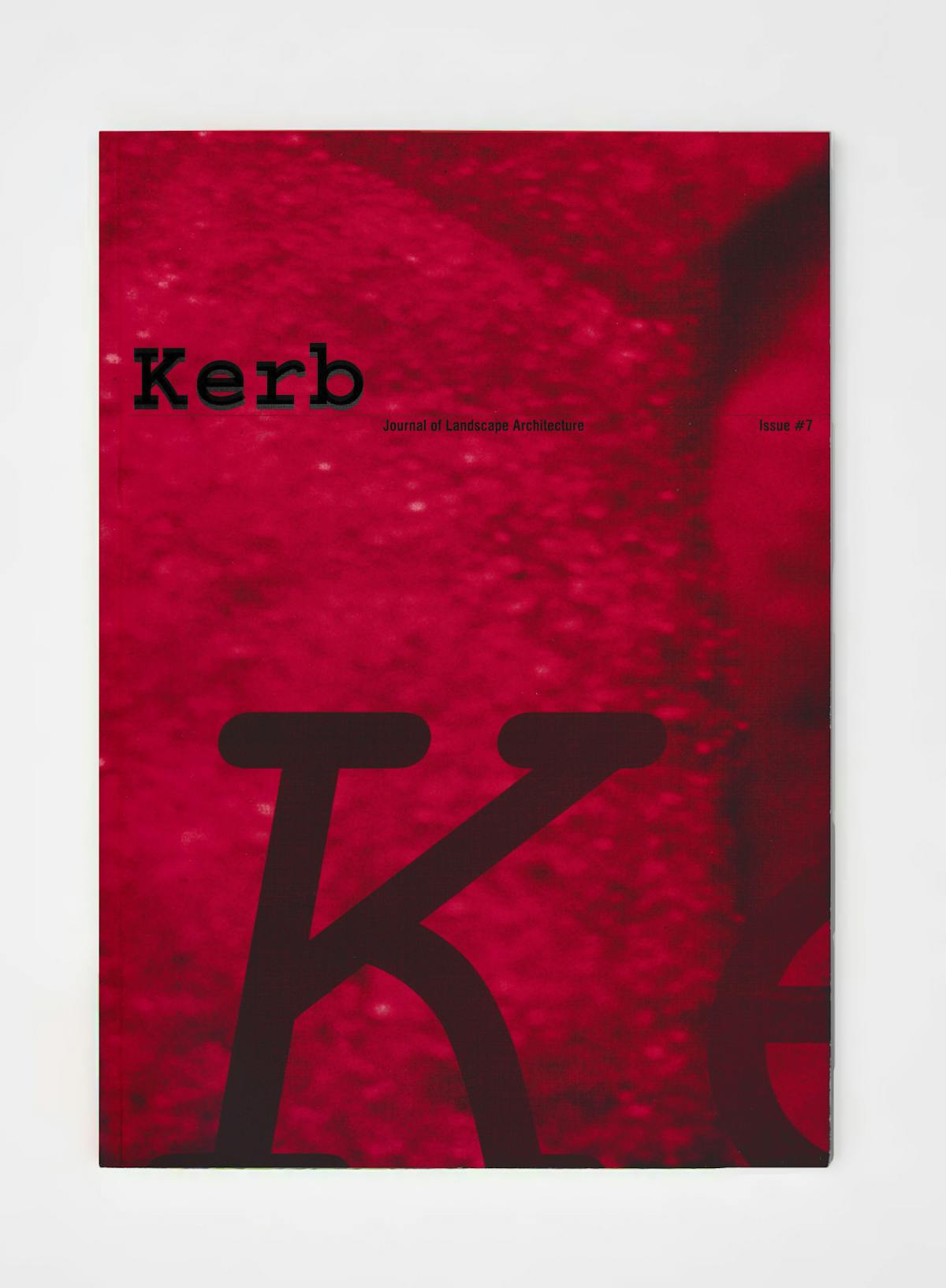In this issue one particular theme that we felt was definition of ‘nature’. A number of articles in important to landscape architecture was the debate around the concept and this Issue address this idea or express an opinion on this topic. These articles tackle the idea of the edge between ‘nature’ and ‘non-nature’, and the overlap between natural systems and urban systems, such as the work by Georgina Wright and Jo Henry, and the discussions of earthworks by Julian Raxworthy. This debate also surfaces in the interview with Paul Shepheard.
Another ongoing interest of landscape architecture is the treatment of the post-industrial landscape. This forms an accompanying theme to the discussions of ‘nature’. Articles highlight an increasing need, culturally and environmentally, to deal with the legacy of heavy industry, whether on a large urban planning scale, as explored in the competition work of Nancy Couling with cet-o (a german urban design studio), or on a smaller scale; the final project work of recent graduate Skye Haldane considers a caravan park for Webb Dock, an industrial area on Melbourne’s waterfront.
While these articles focus on issues essential to the practice of landscape architecture it was important to balance the journal with articles of a broader nature. Unlike the articles of a more academic rigour these are structured as flowing discursive pieces, they allow an engagement with a broader discussion, a cross fertilisation of ideas and issues.
One of the original intents of Kerb was to address the lack of dialogue within the profession of Landscape Architecture, in Australia and beyond. Since then it has provided a platform for many students and professionals, however the frequency of Kerb releases remains inconsistent.
We hope shorter time spans between issues would encourage dialogue between the content of each edition. Interviews with, and critiques by current landscape practitioners will contribute to this, complimenting the posting of ideas. Points of reference may then be developed for the next round of critique. Other Australasian universities have been invited to produce guest editions in order to broaden the dialogue, increase the contributor base, and to increase the frequency of publication.
We dedicate this issue to future editors, both invited editors and those from RMIT University.
